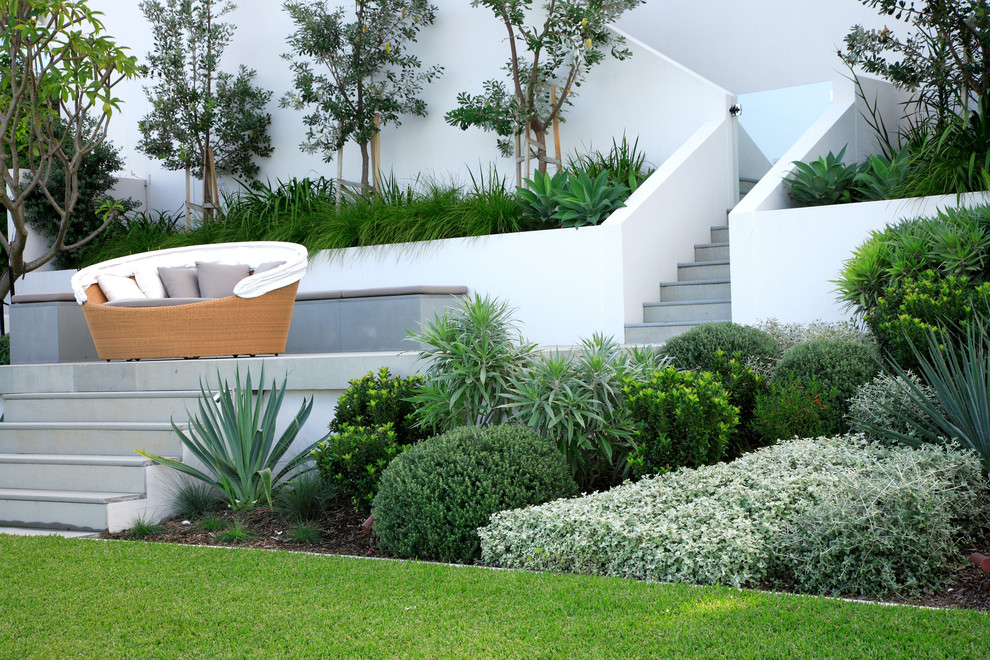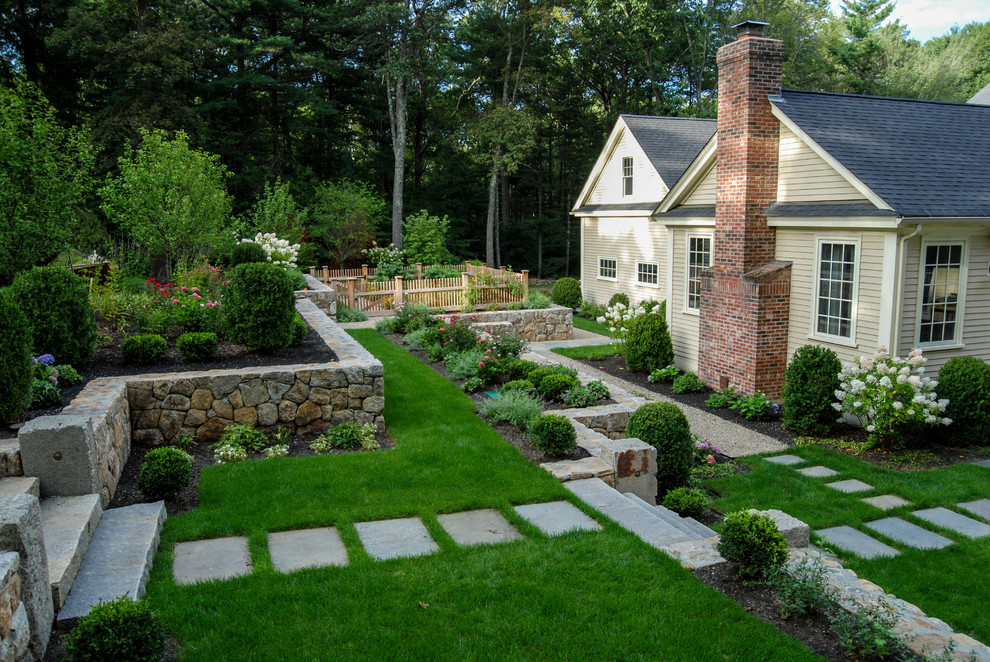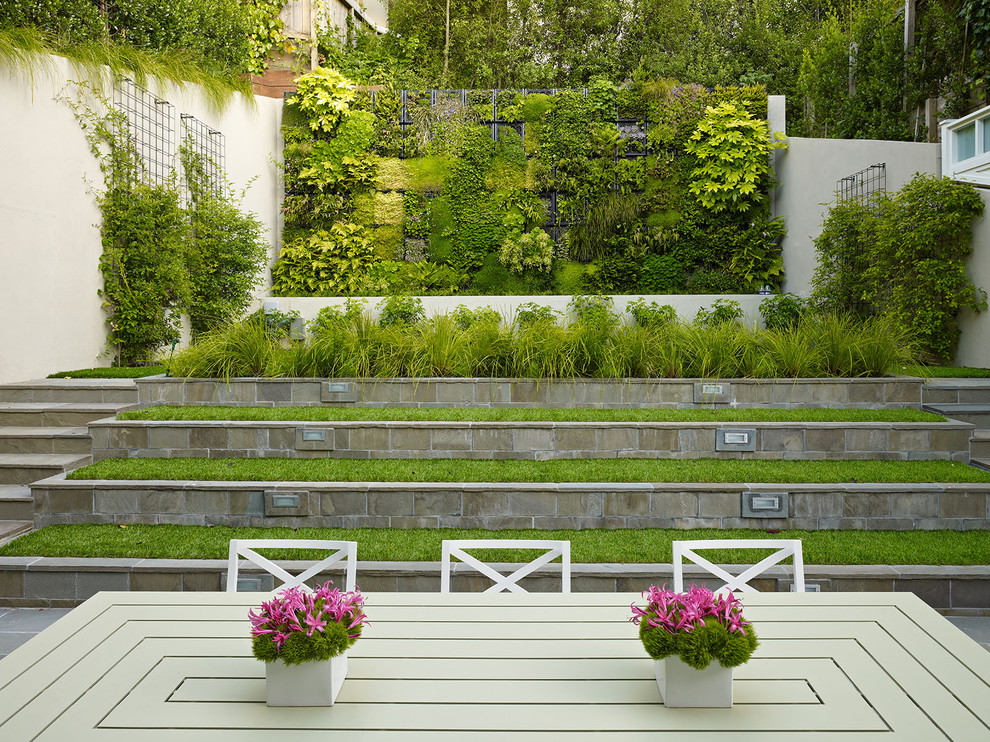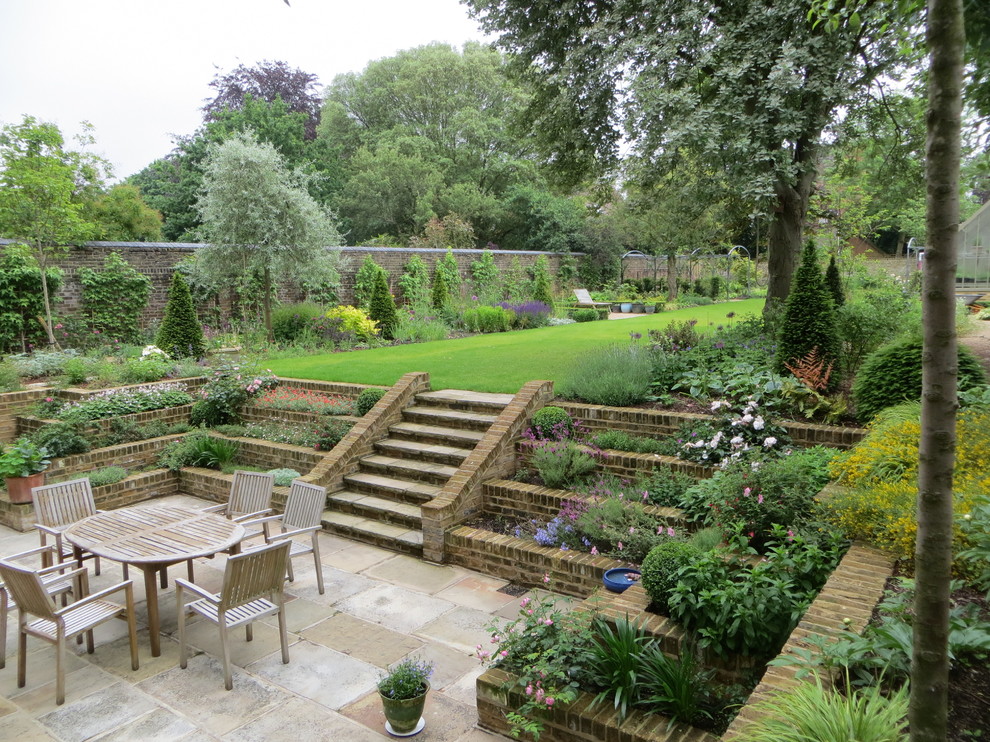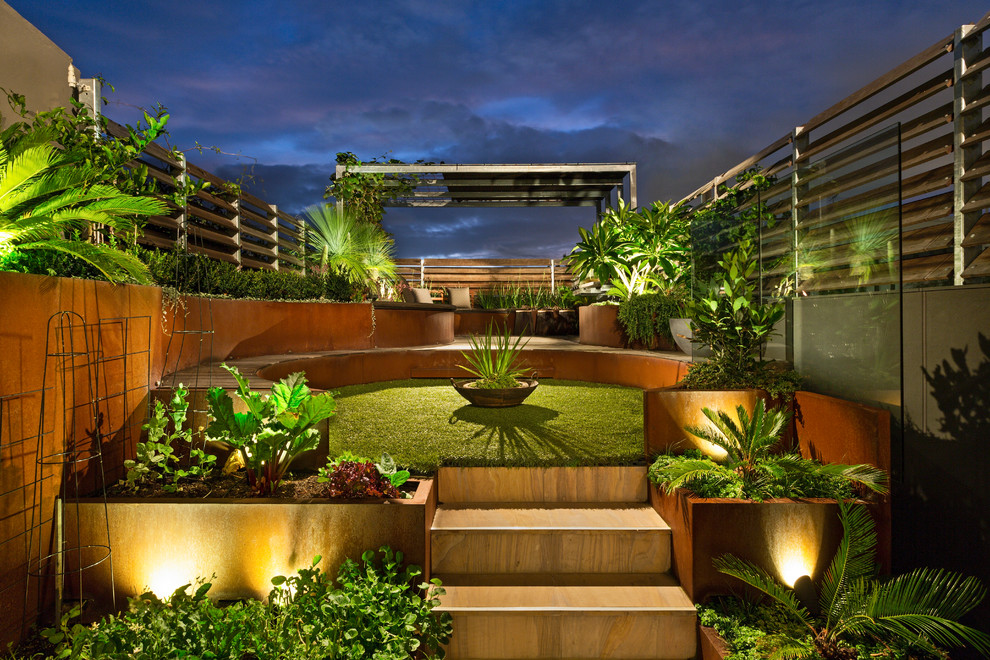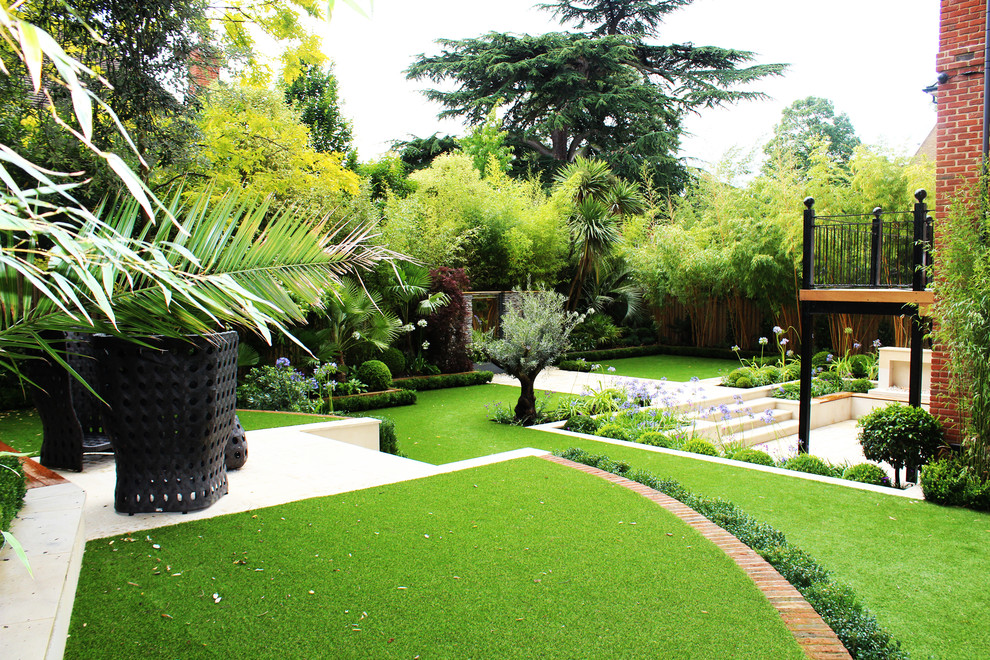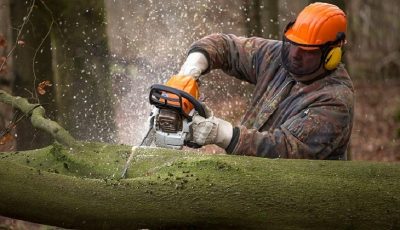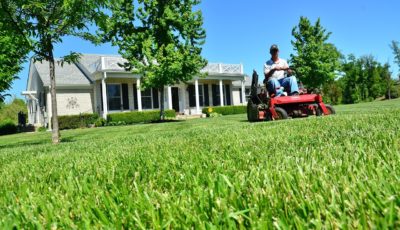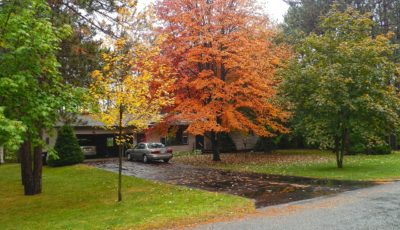Top Tips for Terracing a Garden
Sloping gardens are a common issue for homeowners. Not only do they make lawns harder to mow, but they don’t work well for socialising and can be difficult to use with garden furniture and play equipment.
One of the best solutions is to landscape your garden with terracing, so the space is split into flat sections or tiers. The advantage of terracing is that it naturally zones the garden, enabling you to use each tier for a different purpose such as seating, growing veggies and creating flower displays.
Plan out your tiers carefully
You can approach terracing in two different ways. Firstly, you could choose to go with lots of tiers, so the steps are gradual. The benefit of this is that your garden will feel less steep and walking between the tiers will be easier. As you’ll have less of a drop between tiers, it may also be a bit safer to use. However, the more tiers you have, the narrower they’ll be. So, the usefulness of the space on each level could be limited.
So, you may prefer to have fewer tiers, to give you a wider space on each section. But there will be more of a drop between each level. This means you’ll need stronger retaining walls and extra steps building in between the tiers, so it’s easier to walk up and down your terraced garden. You may also need to build your retaining walls up higher to prevent anyone from accidentally walking over the edge of each terrace.
As you can see, there are pros and cons to each option. So, you need to consider them carefully to work out which one will suit your needs the most.
Use your terraces to zone your garden
Once you’ve worked out how many tiers you’re going to have, you need to decide how best to use each section. As we’ve mentioned, one of the benefits of terracing is that it naturally splits the garden into different zones. So, take advantage of that.
When you’re zoning your garden, you might be wondering which of your terraces will be best for things like growing and seating. Considering things like sun, shade and ground conditions, should make that decision easier.
If your garden slopes upwards away from the house, it’s likely that the top tier will be the sunniest and have the best views. So, you might consider using this for seating or for growing crops and flowers. Should your terrace slope downwards away from the house, you might find the lowest tier is a little shady and could hold more moisture, so this might make a good spot for a pond or wildlife area.
Make sure you have strong retaining walls
To ensure your terraced garden is robust and resistant to changing ground conditions, you need to make sure your retaining walls are strong and durable. You can use timber but planks will need to be thick and treated for them to be strong and resistant to rot. For steep gardens, brick or stone is often your best bet. You might want to hire a bricklayer to do this, then you can be sure your terraces are strong and secure.
Photo by Matarozzi Pelsinger Builders
Another benefit of using brick is that you can embellish the walls with pillars and add in solid steps to give your garden a neater and more attractive landscape design. You could also build planters into the walls and use the vertical space for trailing and climbing plants – increasing your growing space.
Remember to include some drainage
Ground movement can be an issue in garden terraces without some sort of drainage system in place. One drainage method is to use underground perforated pipes to channel away excess water. If you don’t want to direct the water into your drains, you can implement a soakaway or channel it into a pond.
Making sure that bedding areas have free-draining soil will also help. If your ground is made of heavy clay, it might be wise to dig in some compost or gravel.
Consider safety
If young family members are using the garden, think about implementing some safety measures. For instance, solid steps with handrails and grippy paving materials. Should there be a big drop between tiers, then railings or walls between each level are essential to increase safety.
Look at your garden design from more than one angle
Photo by Paal Grant Designs In Landscaping
With flat gardens, we typically think about how the garden looks as we view it from the house, but with a terraced garden, it’s worth considering how it looks from the top looking down and the bottom looking up.
For instance, you may find that small, low-growing flowers are better planted on the outside edge of your terrace as they’ll be more visible from all directions.
Think about privacy
When terracing your garden, there are going to be areas that are naturally more exposed than others. Not only does that mean you’ll need to position plants carefully, but you may need to think about how you can add some privacy without blocking views and sunshine.
If your upper terrace sits at the end of the garden, that could be a good spot for seating but tall fences or trees could block out the daylight from your garden and home. So, you might need to consider tall planting that isn’t too dense or some open-slatted fencing or trellis.

